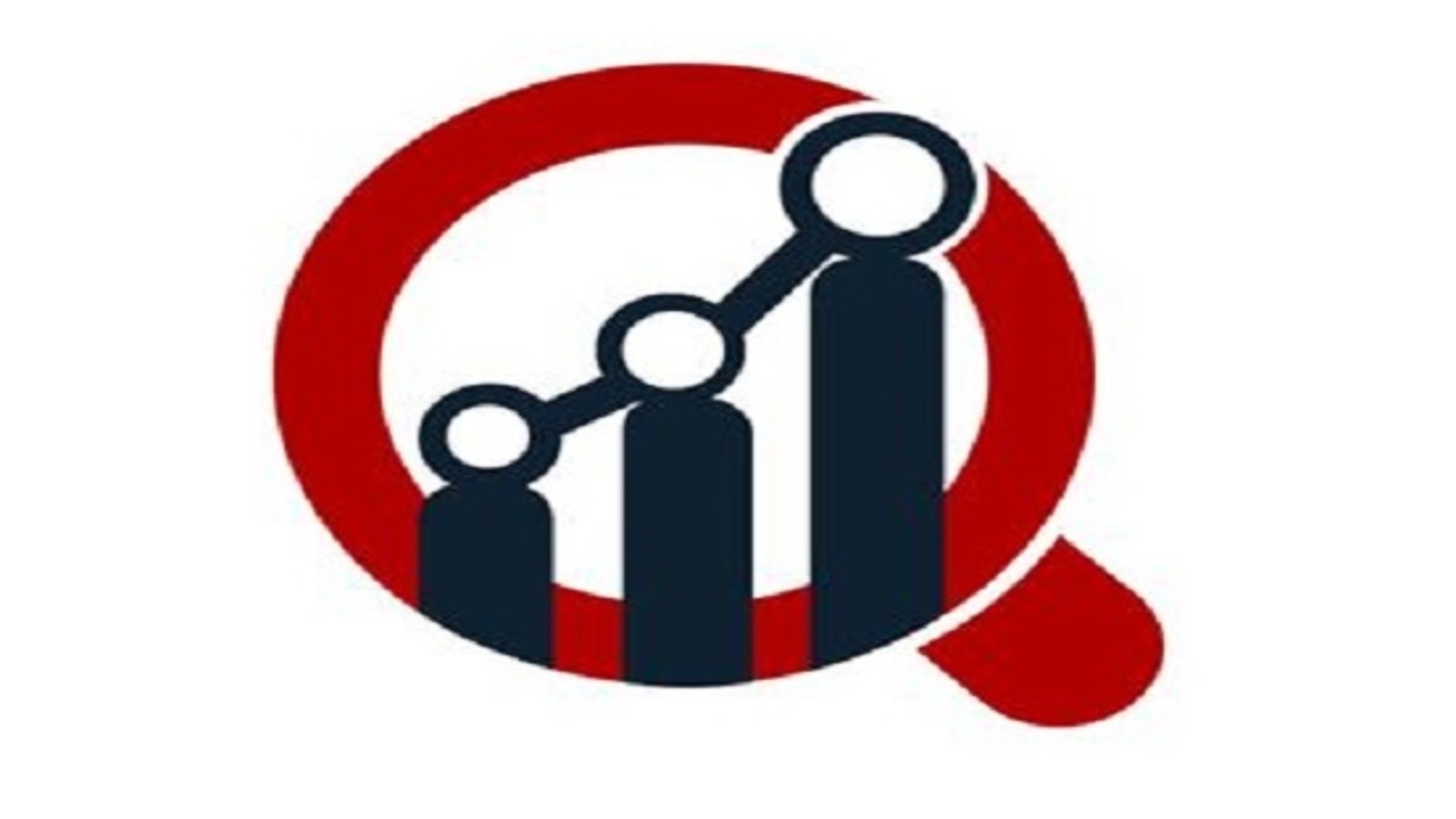Every day, millions of lives are saved through a medical miracle we often take for granted: blood transfusions. From accident victims to cancer patients to mothers in childbirth, the demand for safe and effective transfusions is relentless. But what many people don’t realize is that blood transfusion diagnostics are the silent guardians behind every successful blood match — and they’re more important now than ever before.
Thanks to rapid advances in diagnostic technology, the global Blood Transfusion Diagnostics Market is growing fast, quietly reshaping how we safeguard one of the most critical aspects of modern medicine.
What Are Blood Transfusion Diagnostics?
Blood transfusion diagnostics are specialized tests used to ensure that donated blood is compatible and free from infectious diseases before it’s given to a patient. These diagnostics go beyond simple blood typing — they detect a wide array of infectious agents like HIV, Hepatitis B and C, syphilis, malaria, and more.
The process is highly complex and regulated, involving:
-
Blood grouping and typing
-
Cross-matching
-
Infectious disease screening
-
Nucleic acid testing (NAT) for early virus detection
Without these checks in place, transfusions would carry an unacceptably high risk of transmitting deadly diseases.
The Hidden Lifesaver in Every Hospital
While patients often thank doctors and nurses after a life-saving transfusion, the reality is that diagnostic labs play just as critical a role. These labs use sophisticated immunohematology and molecular testing tools to ensure that every unit of blood is not only compatible but safe.
In emergency situations — like trauma surgeries or childbirth complications — the speed and accuracy of blood testing can be the difference between life and death.
Rising Demand, Rising Standards
The increasing demand for transfusions — especially in aging populations and for chronic disease treatments — is pushing hospitals and blood banks to adopt faster, more reliable diagnostic systems. This shift is fueling exponential growth in the Blood Transfusion Diagnostics Market.
Key drivers of this market include:
-
Rising global demand for blood donations
-
Increased prevalence of chronic diseases and surgical procedures
-
Strict government regulations on transfusion safety
-
Technological advancements in testing methods
Emerging economies are also investing heavily in healthcare infrastructure, contributing to a surge in demand for modern blood screening equipment.
Technology That Saves Lives
From rapid diagnostic tests (RDTs) that provide results in minutes to high-throughput analyzers that can screen hundreds of samples in a day, technology is making blood safety faster, smarter, and more accessible.
Here’s a quick look at some innovations:
-
Automated Immunoassays: Used to screen for transfusion-transmissible infections with greater accuracy and speed.
-
Next-Generation NAT: Capable of detecting viral RNA/DNA even during the window period before antibodies are produced.
-
Point-of-Care Testing Devices: Portable tools that enable quick blood typing and screening in emergencies or remote areas.
These tools not only reduce the risk of human error but also improve turnaround times, making transfusion safer for everyone involved.
Challenges Still Remain
Despite advancements, there are challenges. In many low- and middle-income countries, access to quality diagnostics remains limited. Unsafe transfusion practices, outdated equipment, and lack of trained personnel still pose risks.
But global health initiatives and private-public partnerships are helping bridge these gaps by funding modern testing facilities and training programs in vulnerable regions.
The Road Ahead
With innovation continuing at a rapid pace, the future of blood transfusion diagnostics looks promising. AI-driven diagnostic systems, blockchain for tracking blood safety, and digital integration of blood banks are just a few developments on the horizon.
And as personalized medicine evolves, diagnostics will play an even larger role — matching blood not just by type, but by genetic compatibility to reduce adverse reactions.
Final Thoughts
We rarely see the machines and scientists behind the scenes, but without them, blood transfusions wouldn’t be possible — or safe. Blood transfusion diagnostics are the silent heroes of modern medicine, and their importance will only grow as healthcare becomes more precise and global demand rises.
Explore the trends and innovations shaping the global Blood Transfusion Diagnostics Market, and see how this quiet revolution is transforming lives around the world.


